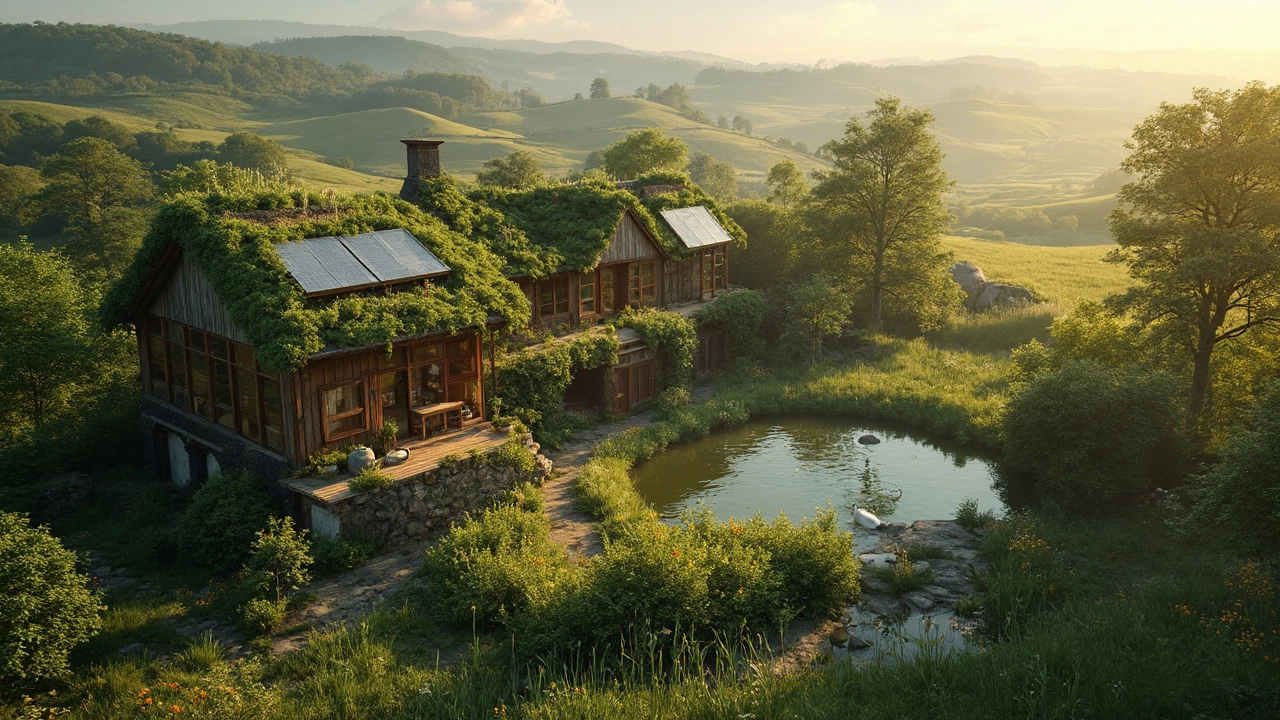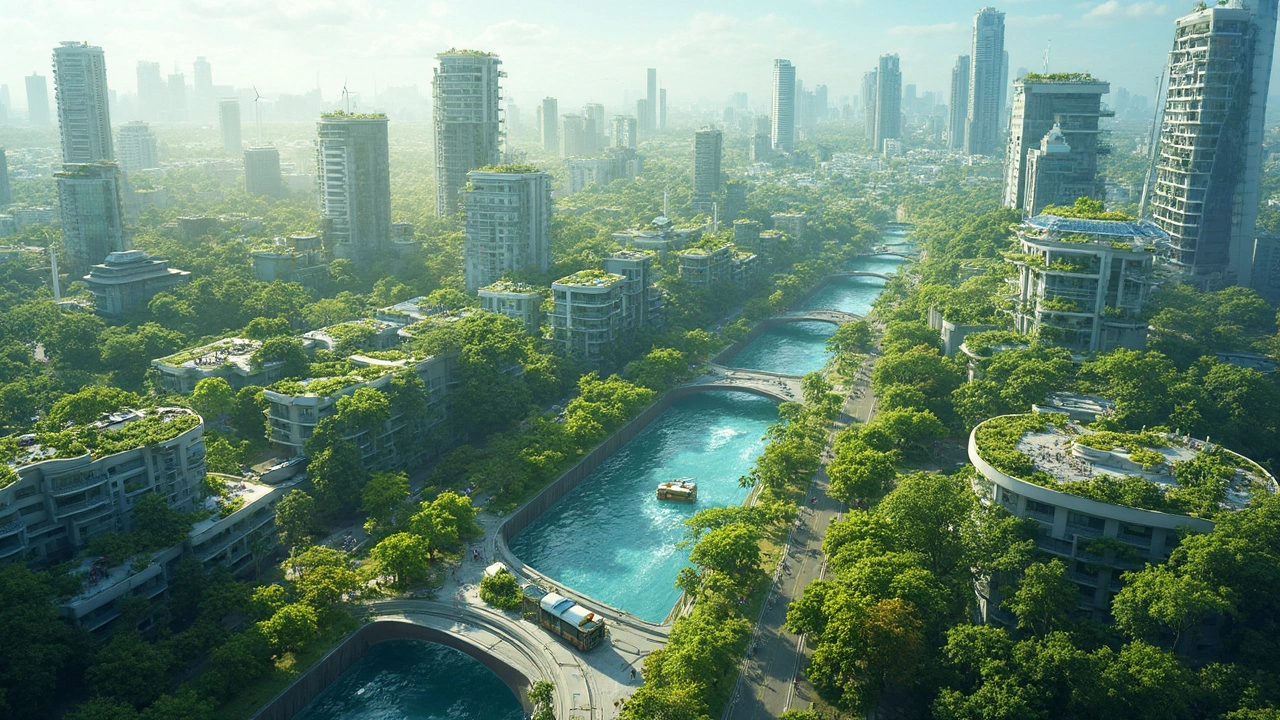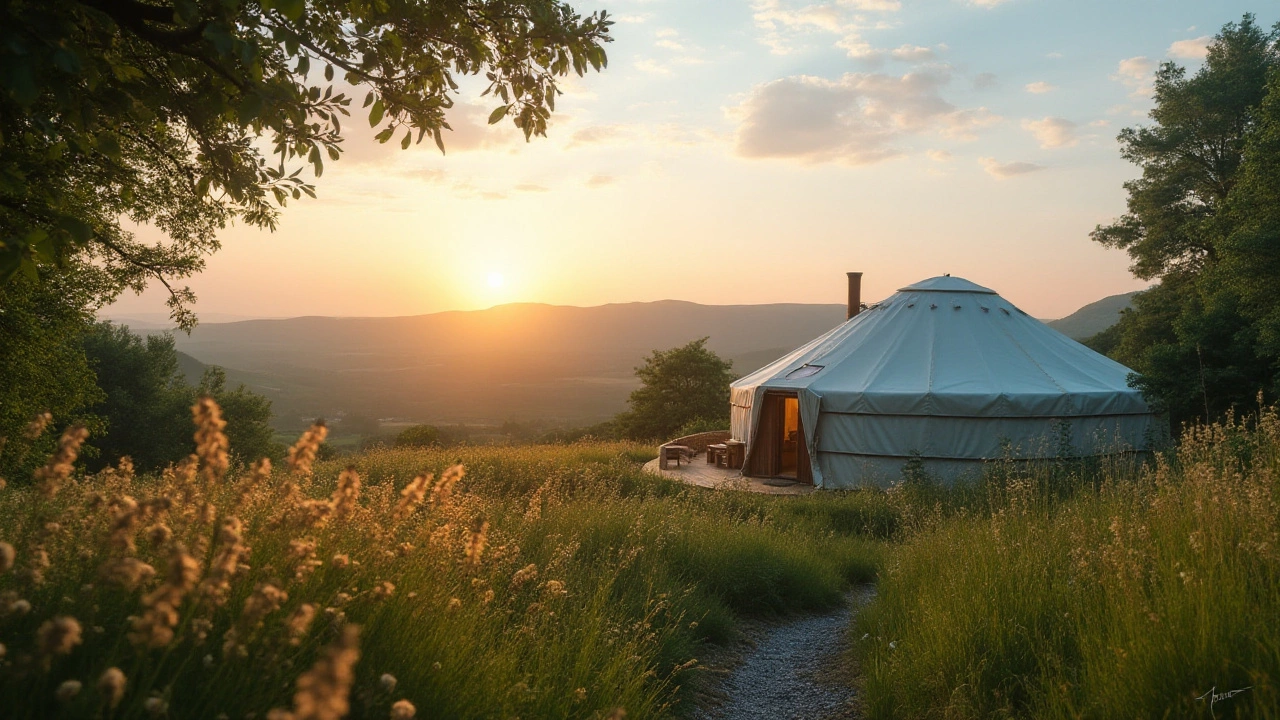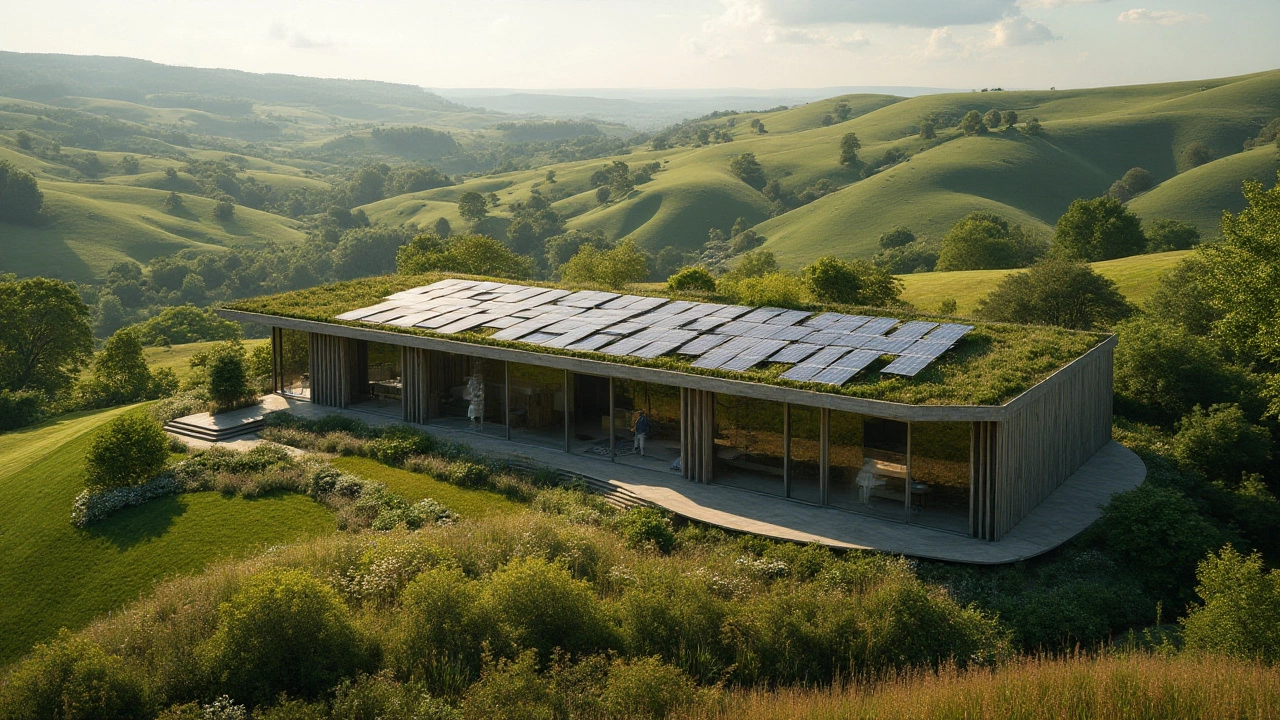Green Architecture in Lancashire Lodges & Retreats
If you love nature and don’t want to leave a big footprint, the right lodge can make a difference. In Lancashire, many owners are swapping old‑school construction for greener options that still feel cozy and welcoming.
Green architecture isn’t just a buzzword. It means using design, materials, and systems that cut energy use, reduce waste, and protect the surrounding landscape. For a weekend break, that translates into lower utility bills, cleaner air, and a stay that feels right for the countryside.
Key Features of Green Lodges
First, look for high‑performance insulation. Thick loft rolls, double‑glazed windows, and airtight doors keep heat inside during a chilly Lancashire winter and stop it from escaping in summer. That simple step can shave off 30‑40% of heating costs.
Next, check the heating source. Many modern retreats use renewable options such as air‑source heat pumps, solar‑thermal panels, or biomass stoves. Unlike a gas boiler, these systems pull energy from the air, sun, or wood, meaning they emit far less carbon.Water savings matter too. Low‑flow faucets, dual‑flush toilets, and rain‑water harvesting systems are becoming standard. Some cottages even treat grey water for garden irrigation, turning a potential waste stream into a resource.
Materials tell a story. Reclaimed timber, locally sourced stone, and recycled bricks not only lower transportation emissions but also blend the building into the Lancashire hills. When you walk through a room built with these materials, you can feel the connection to the land.
Finally, consider indoor air quality. Natural ventilation, non‑toxic paints, and wood‑based flooring keep the space healthy. A fresh, chemical‑free environment is especially important if you’re allergy‑prone.
Choosing an Eco‑Friendly Stay
Start with the lodge’s certifications. Look for BREEAM, Green Tourism, or the UK’s Eco‑Lodge badge. These labels mean the property has been audited for energy, water, waste, and biodiversity standards.
Read the property description closely. Phrases like “solar panels on the roof,” “heat pump heating,” or “rainwater collection” are good signs. If the listing is vague, ask the owner directly – a genuine green lodge owner will be happy to explain the steps they’ve taken.
Location matters too. A lodge set near a nature reserve or walking trail reduces the need for a car. Some owners even provide electric‑vehicle charging points or bike rentals, letting you explore the area without fuel.
Don’t forget the little things that add up. Reusable kitchenware, recycling bins, and compostable toiletries show the host’s commitment to sustainability. These details can make your stay feel more authentic.
Lastly, think about your own impact. Even in a green building, you can help by using towels only when needed, turning off lights when you leave the room, and respecting wildlife zones. Your actions amplify the lodge’s efforts.
Lancashire’s green architecture scene is growing fast, and there’s a perfect eco‑friendly spot for every traveler. Whether you’re after a romantic cabin, a family-friendly cottage, or a solo retreat, the right lodge can give you comfort, charm, and a clear conscience.

Which Billionaire Has the Most Expensive Eco-Friendly Cottage?
Take a peek at which billionaire actually owns the most expensive eco-friendly cottage and why it’s not just about price tags and bragging rights. This article digs into green features, jaw-dropping amenities, surprising sustainability efforts, and what makes these homes super unique. You’ll find simple explanations, practical tips, and even some inspiration for your own eco-dream house. Whether you care about luxury, saving the planet, or just cool architecture, there’s something here for everyone. Get ready to see how the rich live green.
Continue Reading
The Most Eco-Friendly City in America: Discover Sustainable Living
Explore the most eco-friendly city in America, showcasing its sustainable practices and green initiatives. Learn about eco-friendly cottages, urban gardening, and efficient transportation systems that set benchmarks in city living. Understand how urban design plays a key role in minimizing carbon footprints. Delve into tips on how to integrate these practices into your own life, showing how small changes can make a big impact.
Continue Reading
Exploring the Eco-Friendly Benefits of Yurts
Yurts, with their rich history and minimalist design, are gaining popularity as eco-friendly homes that promote sustainable living. These circular, portable structures are traditionally used by nomadic cultures and have been adapted for modern eco-conscious individuals. By incorporating natural materials and reducing energy consumption, yurts offer an eco-efficient alternative to traditional housing. Their low-impact lifestyle and versatility make them appealing for those seeking a connection with nature and a simpler way of living.
Continue Reading
Eco-Friendly Billion-Dollar Houses: Exploring Feasibility and Future Potential
As the world focuses on sustainable living, the concept of a billion-dollar eco-friendly house inspires both luxury and environmental responsibility. While such a colossal price tag may seem excessive, understanding the key elements driving costs can offer insight into this unique segment of real estate. The balance between high-end materials and sustainable practices raises questions about luxury's true value. This article explores whether an eco-friendly house can justify a billion-dollar valuation by examining cutting-edge technologies, architectural innovations, and the environmental impact.
Continue Reading